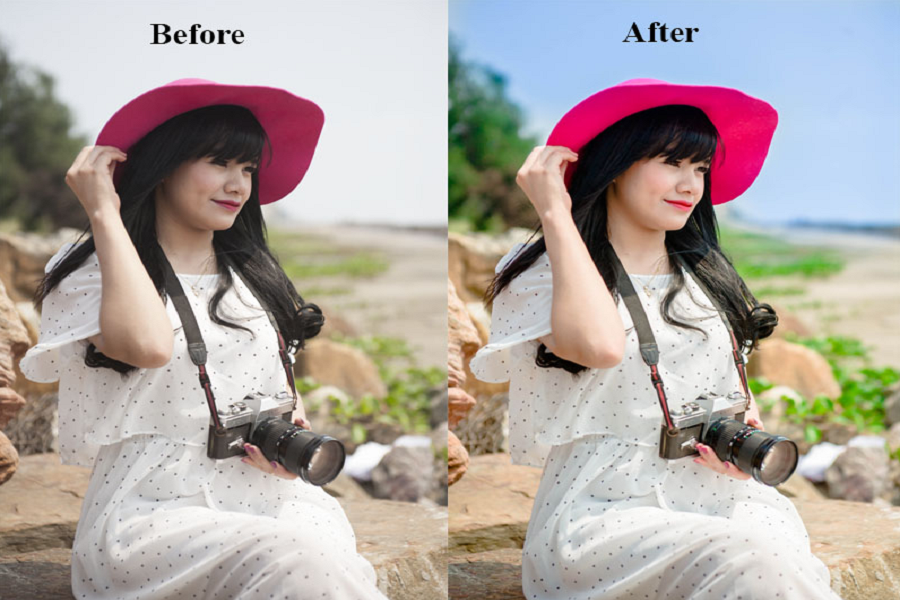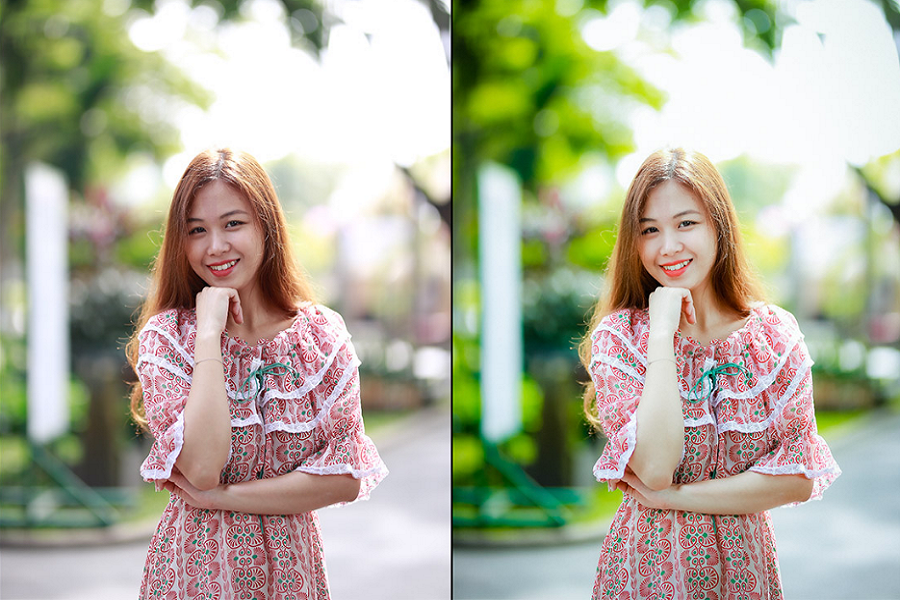Photo editing is an essential skill for model photographers, enhancing the visual appeal of their work while ensuring that natural beauty is preserved. To master the art of editing, it is crucial to understand several foundational principles, including exposure, contrast, saturation, and cropping. Exposure refers to the amount of light captured in a photograph; correctly adjusting it can significantly impact the mood and clarity of the image. Contrast, on the other hand, enhances the differentiation between light and dark areas, contributing to the image’s overall depth and dimension.
Understanding the Basics of Photo Editing
Saturation involves the intensity of color in the image; a well-saturated photo can make the subject pop, but over-saturation can lead to unrealistic results. Here, maintaining a natural look is vital, as it reflects authenticity, especially in Model photo editing where the intent is often to showcase real beauty. Cropping plays a critical role in composition, allowing photographers to focus on the model and eliminate distracting background elements. Learning how to crop effectively helps in framing the image while retaining its artistic quality.
When it comes to choosing the right editing tools, several software options are available in the market. Adobe Photoshop and Lightroom are leading choices among professionals for their robust features and versatility. Photoshop excels at detailed retouching and manipulation, while Lightroom offers excellent organization and batch processing capabilities, making it a favorite for managing large photo sets. In addition to these, there are alternative tools such as GIMP and Capture One that cater to varying skill levels and editing needs.
Familiarity with basic tools and techniques, such as adjusting brightness, modifying levels, and utilizing filters, is crucial for every model photographer. These foundational aspects form the backbone of advanced editing processes that can transform initial captures into stunning visual narratives. As photographers embark on their editing journey, mastering these basics will significantly enhance the quality of their final images.

Advanced Techniques for Refining Model Images
In the realm of model photo editing, advanced techniques play a crucial role in elevating a standard image into a captivating visual masterpiece. One essential method is utilizing layers, which allows for non-destructive editing. By working with layers, editors can isolate specific elements of the image, making adjustments without altering the original photo. This approach grants flexibility and precision, enabling the editor to experiment with various effects and corrections. Additionally, employing masks in conjunction with layers ensures that changes can be applied selectively, retaining the natural essence of the model while enhancing desired features.
Blending modes present another powerful tool for enriching images. These modes dictate how layers interact with one another, offering creative ways to enhance colors and contrast. For example, using the ‘Overlay’ mode can intensify color vibrancy while preserving detailed highlights and shadows. When applied thoughtfully, blending modes can introduce depth and dimension, ultimately refining the overall aesthetic of the model’s portrait.
Furthermore, retouching skin imperfections is a vital component of advanced editing. Techniques such as frequency separation allow editors to smooth skin textures while maintaining natural details. This method separates color and texture layers, enabling precise corrections without compromising authenticity. Additionally, adjusting lighting and shadows can transform the image’s mood and emphasize particular features. By manipulating the exposure and contrast, an editor can create a more dynamic visual experience that draws attention to the model.
Color enhancement is equally important; utilizing tools such as selective color adjustments can help bring out the model’s attributes. It is crucial, however, to maintain a balance to avoid an unnatural appearance. Sustaining the authenticity of the subject while achieving a polished finish is key. Common pitfalls include over-editing and excessive smoothing, which can strip away character from the model. Therefore, acquiring a set approach to these advanced techniques not only improves skills but also culminates in exquisite model images that resonate with viewers.
Related Articles: Lg monitor for photo editing
Creating a Cohesive Look Across a Model Portfolio
When it comes to building a model portfolio, achieving a cohesive look is crucial for showcasing the model’s brand and personality effectively. The consistency in photo editing not only enhances the visual appeal but also aids in presenting a unified narrative that can captivate potential clients and casting directors. To begin establishing a signature editing style, it is essential to define a uniform color palette that resonates with the model’s essence. This palette should be strategically applied across all images to maintain an aesthetically pleasing harmony.
Utilizing similar editing techniques is another pivotal element in fostering cohesion. By employing consistent methods—whether through the use of particular filters, specific contrast adjustments, or uniform retouching techniques—you can ensure that each photograph complements the others. This could include employing a similar grain or sharpening level, which enhances the overall look and feel of the portfolio. Furthermore, focusing on creating images that collectively tell a story can draw viewers in, allowing them to appreciate the model’s unique narrative and personality.
In terms of presentation, how a model portfolio is formatted and displayed greatly influences the initial impression it leaves. Opting for clean layouts that emphasize the photographs effectively is essential. Digital portfolios should be easy to navigate, with images organized in a way that flows logically. Additionally, considering print options for portfolios can further enhance their impact; high-quality prints in a well-designed album can provide a tactile experience that digital images cannot match. By combining these elements, you will not only create a cohesive look but also elevate the model’s presentation, drawing attention to their strengths and unique attributes.

